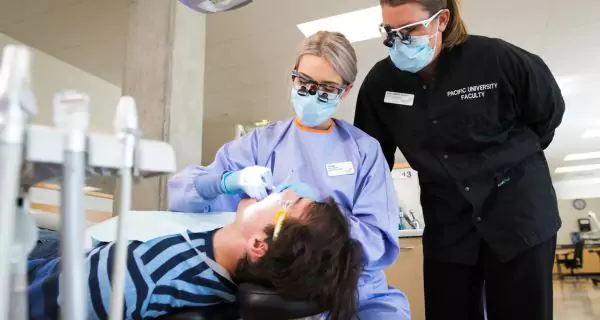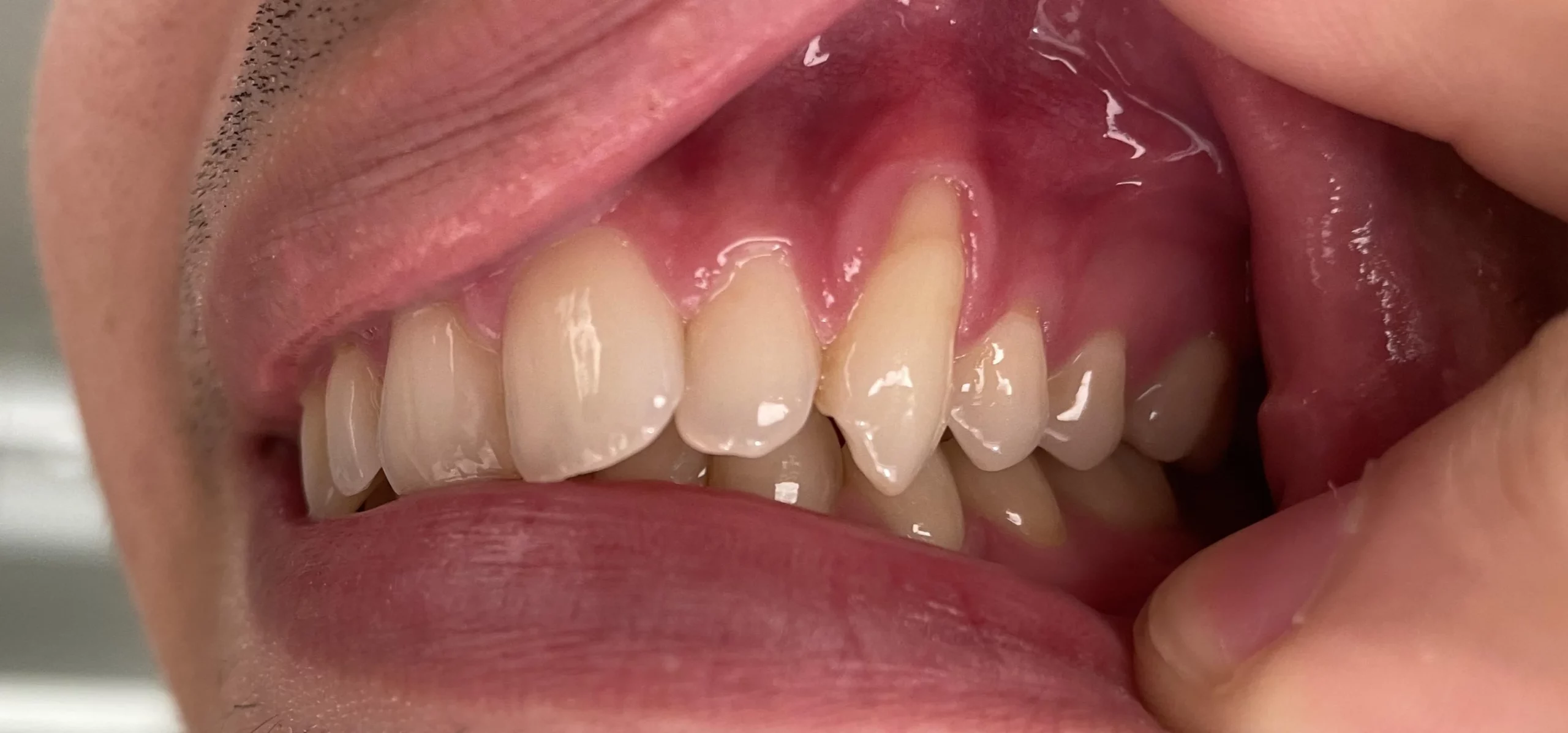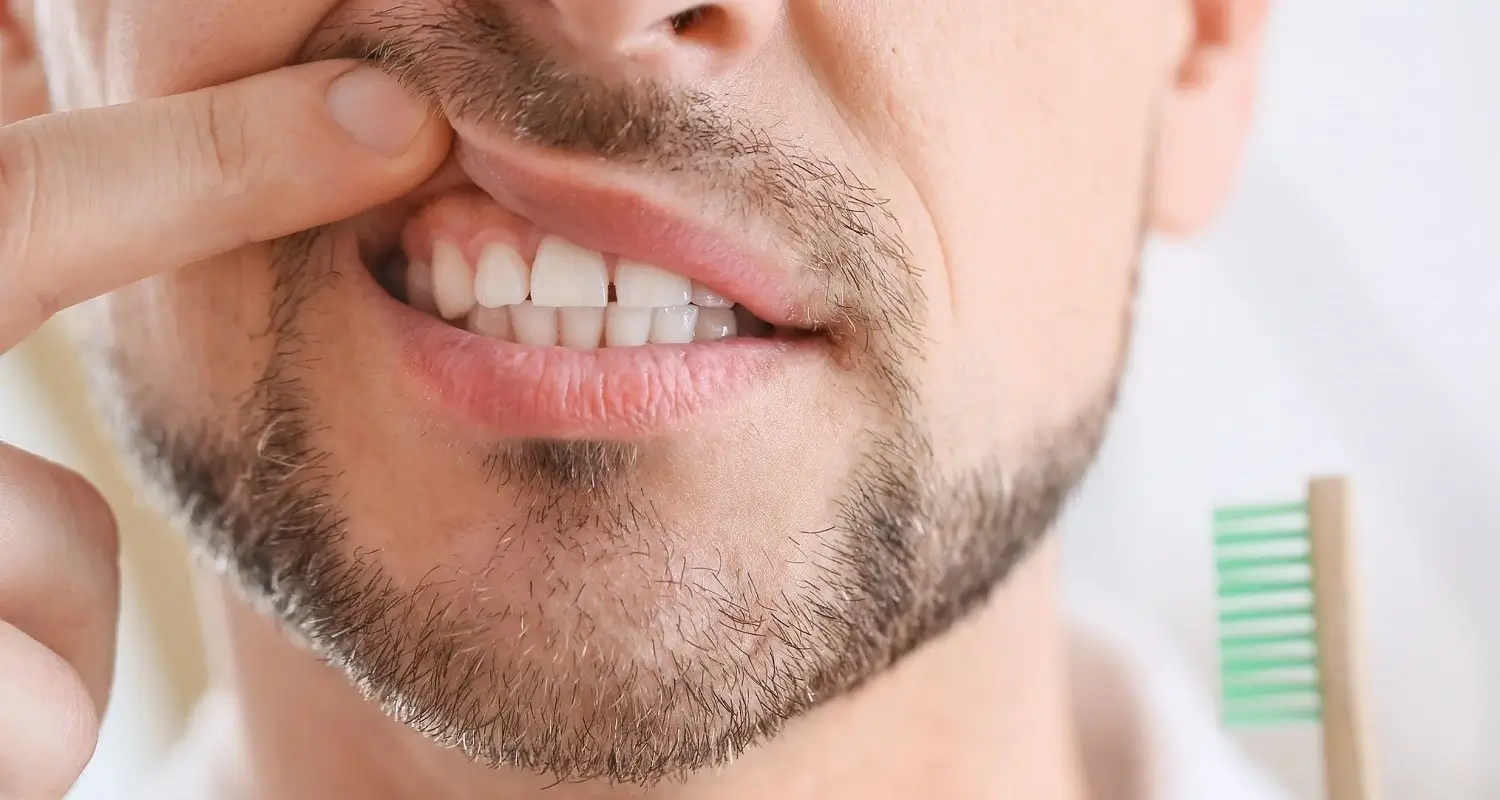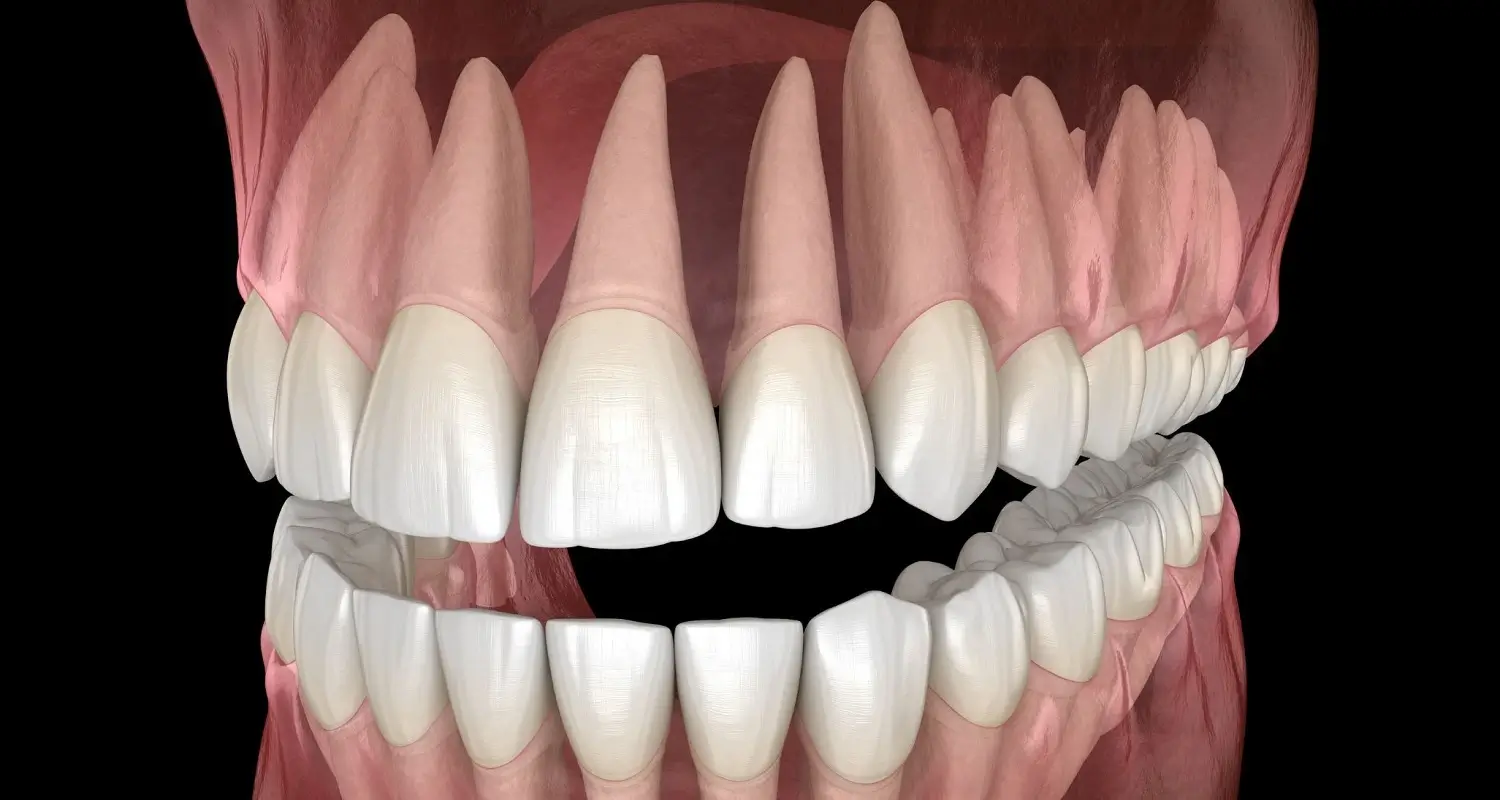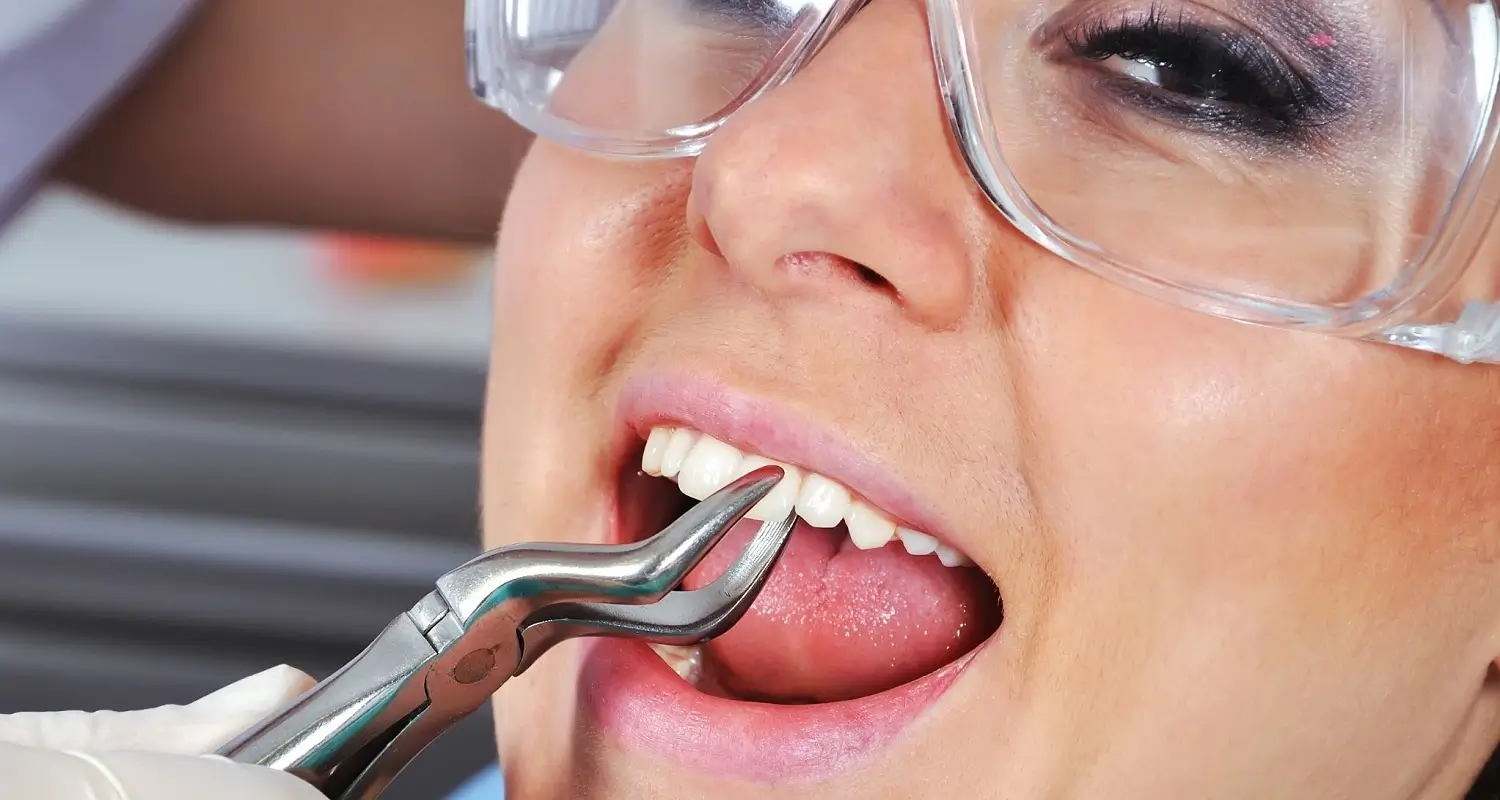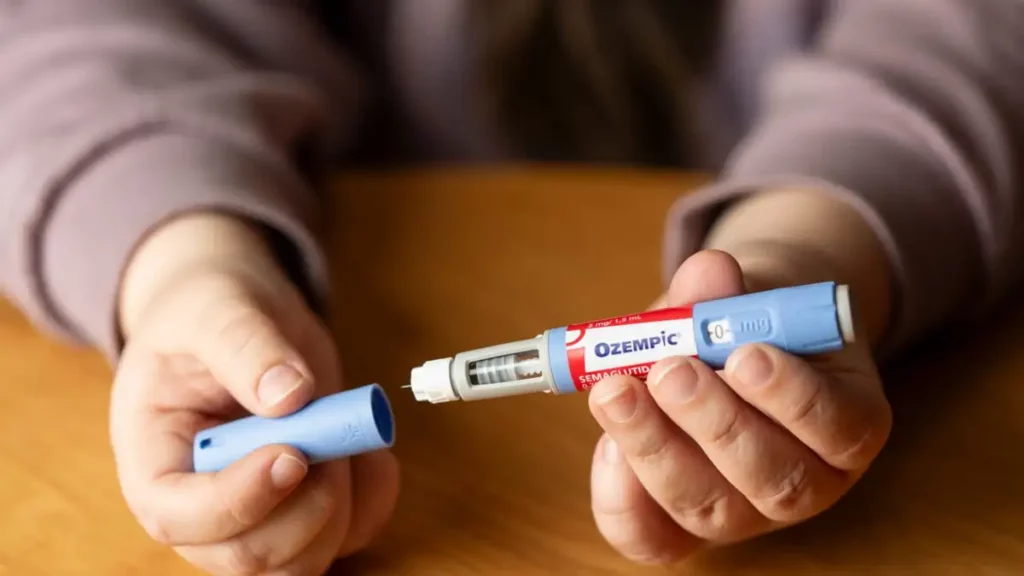Last Updated on: 11th December 2025, 10:58 am
Demystifying What is Eye Tooth: Function, Anatomy, and Common Questions
The ocular or canine teeth have aroused curiosity due to their unique position in the dental arch. The name originates from their sharp nature, similar to the canines of carnivorous animals. These teeth play a vital role in the alignment of other teeth, while maintaining facial shape and ensuring efficient bite mechanics. While some might consider the canine tooth as just another tooth, its importance in oral health and aesthetics is undeniable.
What is Eye Tooth?
The canine tooth, often referred to as the “fang” or “eye tooth,” is one of the most distinctive in the human oral cavity. They are located between the incisors and premolars, both in the upper and lower jaw. The name “canine” is due to its similarity to the teeth of the genus canids, such as dogs.
Why is the Eye Tooth called the “Canine Tooth”?
The term “eye tooth” is a popular name for the canine tooth in some cultures. This peculiar name is due to their location just below the eyes.
Functions and Importance of Eye Tooth
The presence of canine teeth in our teeth is not merely aesthetic, as they have fundamental roles:
1. Food Tear: Thanks to their pointed shape and strong roots, canines are essential for tearing food, especially those that are more fibrous or hard.
2. Aesthetics and expression: Canines contribute significantly to the aesthetics of the smile, and also affect the overall structure of the face, giving the lips their characteristic shape.
3. Phonetics: They assist in the production of certain sounds when speaking, thus contributing to clear articulation.
4. Maintain dental alignment: They are essential to maintain the space and alignment of other teeth in the mouth, preventing undue mobility.
5. Balance of forces during chewing: The canine is the strongest tooth in the mouth, and is responsible for supporting and distributing forces between the upper and lower teeth during the chewing process.
Eye Tooth Anatomy
The anatomy of a canine tooth is unique and clearly distinguishable from other teeth:
• Corona: It is the visible part of the tooth, with a slightly curved and pointed shape that makes it easier to tear food.
• Root: Canines have one of the longest and most robust roots of all the teeth in the human mouth, providing stability and strength.
The Eye Tooth in Children
Permanent canines erupt in children between 11 and 12 years of age. Generally, they are the last teeth to appear in the mouth. It is essential to monitor their progress to ensure that they emerge correctly; sometimes, if the eruption path is altered, the tooth has poor angulation or does not have enough space to erupt, it could cause problems in neighboring teeth. To avoid complications, pediatric dentists and orthodontists often request panoramic X-rays that allow them to observe the formation and angulation of these teeth.
Dental Procedures Involving Teeth
A canine tooth can occasionally be the focus of dental procedures; being the strongest tooth in the entire mouth, it is a good pillar for the placement of fixed and removable dental prostheses. Likewise, if aesthetic problems occur, veneers or fillings can improve the appearance of the tooth, boosting the confidence and aesthetics of the individual.
How to take care of your eye tooth?
• Avoid candy and other hard foods.
• Brush your teeth 3 times a day with fluoride cream.
• Don’t use your teeth as tools to open containers or hold objects.
• Try to use dental guards if you practice contact sports or sports with risk of falls.
Can the Eye Tooth be Removed?
Yes, like any other tooth, the canine can be extracted if necessary, but it requires careful consideration. Losing a canine tooth has consequences for dental aesthetics and functionality, and even has negative effects on facial contour. Due to the above, it is generally better to resort to procedures that allow safeguarding the tooth and leaving its extraction as the last option.
Eye Tooth Extraction and Dental Care
Canine tooth extraction is not a common procedure but may be necessary due to deep cavities, advanced periodontal disease, tooth fractures, or alignment and space problems in the mouth.
1. Extraction
Extraction can be a more challenging procedure due to the length and firmness of the roots, as compared to those of other teeth. Eye teeth can be difficult to remove, but with a trained professional, the process is manageable.
2. Post-extraction care
After the procedure, it is vital to follow your dentist’s instructions to prevent infection, reduce pain, and ensure a proper tooth extraction healing process. This may include medications, antibacterial mouthwashes, and some dietary recommendations.
3. Rehabilitation
Due to the fundamental role of canine teeth in oral functionality and aesthetics, it is important to rehabilitate or replace this tooth in case of loss.
Although the behavior of a prosthesis during chewing is not identical to that of a natural tooth, they can achieve quite favorable aesthetic results and contribute to the balance of forces during chewing, preventing other teeth from changing position to fill the empty space.
Conclusion
• Canine teeth, also known as “fangs” or “eye teeth,” not only play a primary role in bite mechanics and tearing up food, but they are also vital to smile aesthetics and facial expression.
• The eruption of permanent canines is a crucial process in children’s dental development. Monitoring the correct appearance is essential to avoid future complications and ensure proper dental alignment.
• Despite being the strongest tooth in the mouth, canines are not exempt from damage or problems. It is vital to maintain good hygiene and dental care habits.
Frequently Asked Questions
What is the eye tooth?
Eye teeth are known as canines due to their similarity to canine fangs. Although they are not as extensive or sharp as those of a real canine, they stand out for being more pointed and prominent than other teeth in the human mouth. The reason they are sometimes called eye teeth is because they are located right under the eyes.
Why is the role of eye teeth essential?
Due to their conical and pointed design, the canines make it easier to grip and tear food when chewing. Despite not being in the most visible position, the eye teeth play a leading role in guiding the other teeth toward the optimal position for an effective bite.
Do we all have eye teeth?
Every human being has canine teeth, although we generally do not pay attention to them since they do not usually stand out for being excessively pointed or excessive compared to other teeth. Having pronounced canines is not unusual, and in fact, a small percentage of individuals are born with this characteristic.
How many roots do eye teeth have?
The canines of the upper jaw generally have a single root. On the other hand, those of the lower jaw usually have two roots – very close to each other. In terms of length, the roots of the canines stand out for being the most extensive of the front teeth and are firmly anchored to the alveolar bone to provide stability.
Share:
Referencias
1. Give one’s eye teeth. (s/f). World Wide Words. Retrieved on October 11, 2023, from https://www.world wide words.org/qa/qa-giv3.html
2. Sissons, B. (2019, octubre 23). Teeth names: Diagram, types, and functions. Medicalnewstoday.com. https://www.medicalnewstoday.com/articles/326754
3. Teeth. (s/f). Cleveland Clinic. Retrieved on October 11, 2023, from http://my.clevelandclinic.org/health/body/24655-teeth
4. Warren, K. (2022, enero 4). The names and numbers of human teeth. Verywell Health.
5. Watson, S. (2018, mayo 10). Teeth names: Shape and function of four types of teeth. Healthline. https://www.healthline.com/health/teeth-names
6. Mitsea, A., Palikaraki, G., Karamesinis, K., Vastardis, H., Gizani, S., & Sifakakis, I. (2022). Evaluation of Lateral Incisor Resorption Caused by Impacted Maxillary Canines Based on CBCT: A Systematic Review and Meta-Analysis. Children (Basel, Switzerland), 9(7), 1006. https://doi.org/10.3390/children9071006
-
Nayibe Cubillos M. [Author]
Pharmaceutical Chemestry |Pharmaceutical Process Management | Pharmaceutical Care | Pharmaceutical Services Audit | Pharmaceutical Services Process Consulting | Content Project Manager | SEO Knowledge | Content Writer | Leadership | Scrum Master
View all posts
A healthcare writer with a solid background in pharmaceutical chemistry and a thorough understanding of Colombian regulatory processes and comprehensive sector management, she has significant experience coordinating and leading multidisciplina...

